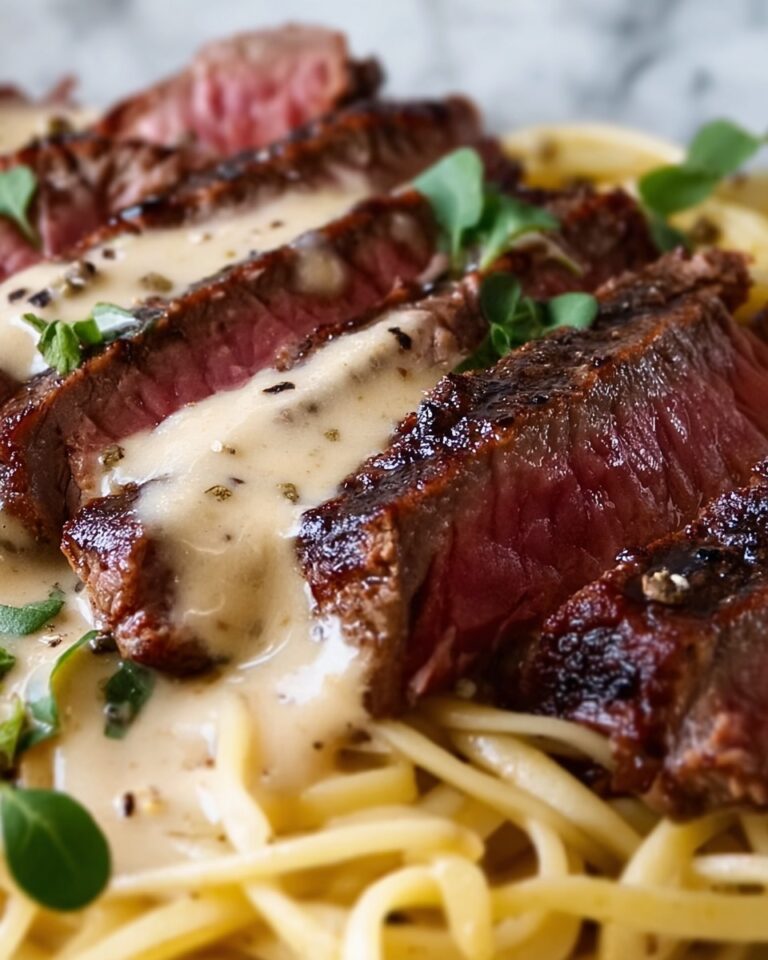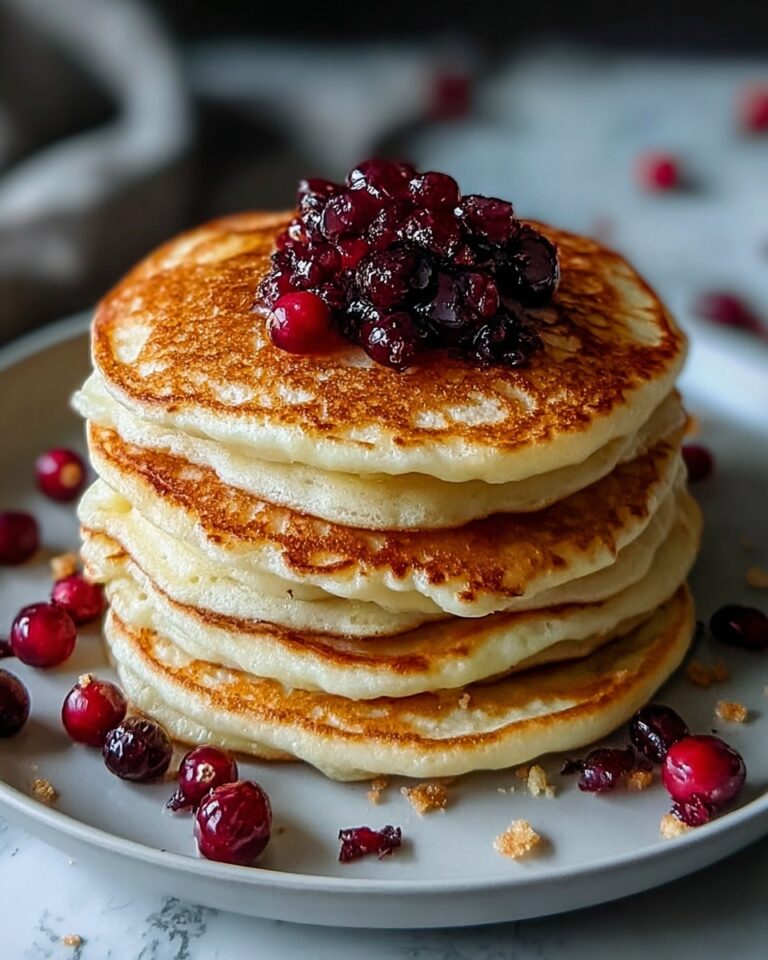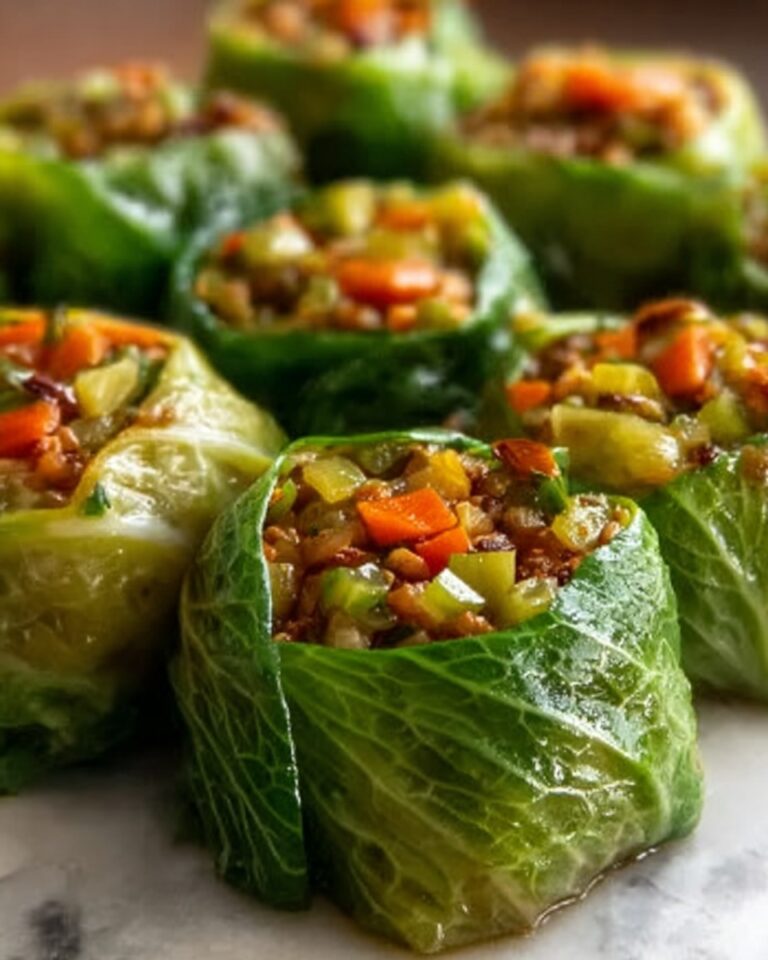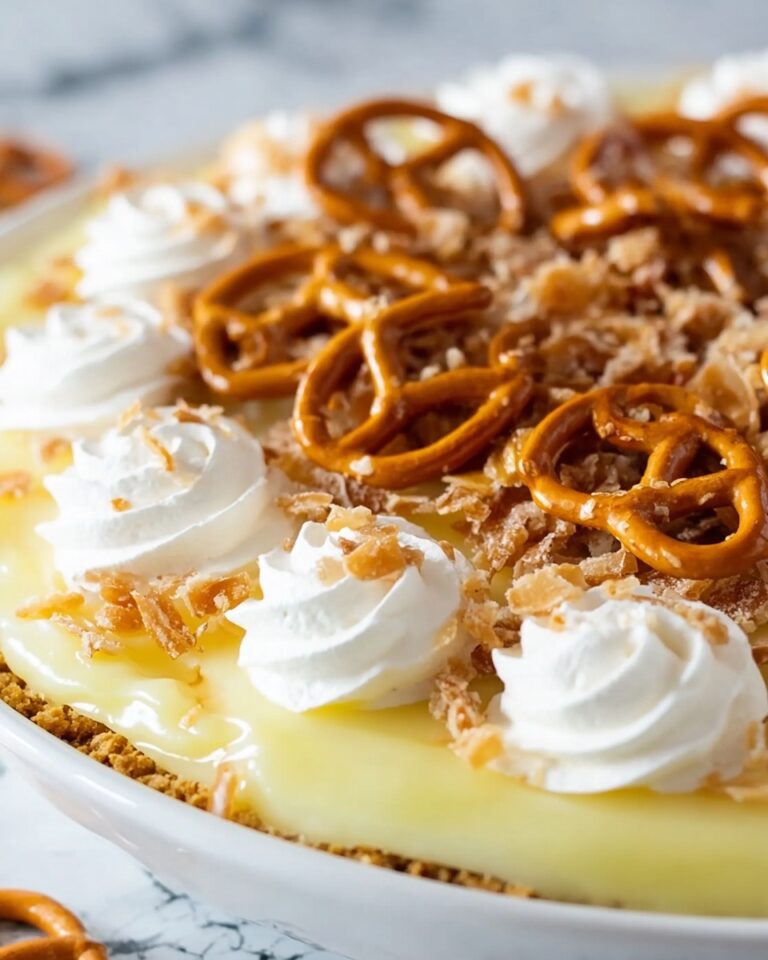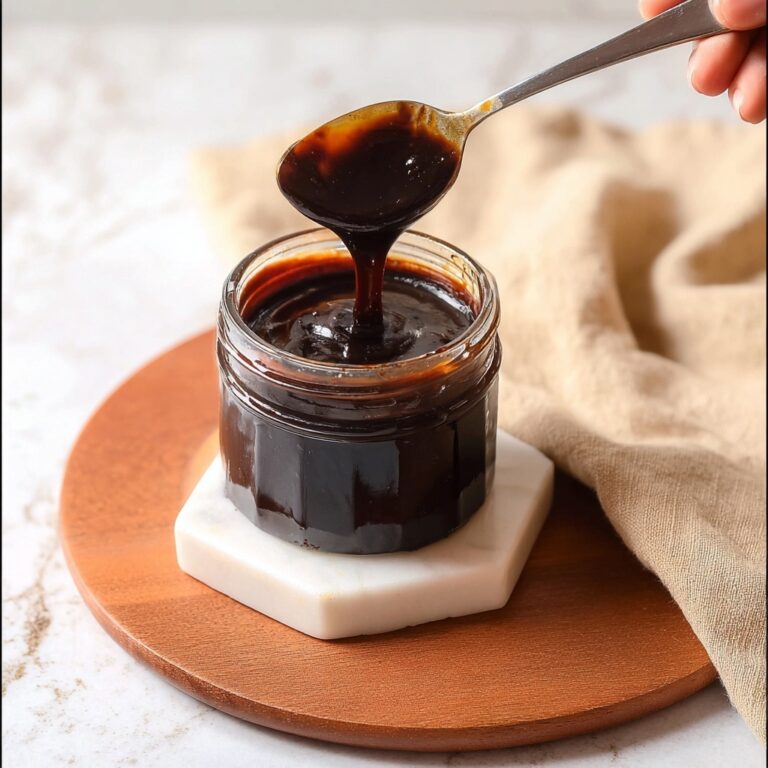There is something truly magical about perfectly cooked eggs, and if you have ever struggled with poaching them just right, you are not alone. This Perfect Poached Eggs Recipe will change your breakfast game forever by guiding you through foolproof steps to achieve tender whites and luscious runny yolks every single time. Whether you’re whipping up a quick morning treat or impressing guests, these eggs feel elegant yet are surprisingly simple to make.

Ingredients You’ll Need
Sometimes the simplest ingredients make the biggest difference. For this recipe, the ingredients are straightforward but essential to getting those perfectly poached eggs looking and tasting incredible. Each element plays a role, from adding gentle acidity to help coagulate the eggs to fresh herbs that brighten every bite.
- 4 large Fresh Eggs: Choose high-quality, organic eggs for the best, richest flavor and texture.
- 3 inches Water: Fill a medium-sized pot about 3 inches deep; this creates the perfect poaching environment.
- 1 tablespoon Vinegar: White or apple cider vinegar helps the egg whites firm up quickly and neatly.
- 1 pinch Salt: Use kosher salt to enhance flavors without overpowering the eggs.
- 2 tablespoons Fresh Herbs (optional): Chives, parsley, or dill are wonderful for adding freshness and color right before serving.
How to Make Perfect Poached Eggs Recipe
Step 1: Gather Ingredients and Equipment
Start by collecting your eggs, water, vinegar, salt, and any herbs you plan to use. You’ll also need a medium pot, a slotted spoon, and a small bowl for cracking the eggs. Getting everything ready makes the cooking process smooth and stress-free.
Step 2: Heat the Water
Fill your pot with about 3 inches of water and place it over medium heat. Watch carefully until the water reaches a gentle simmer—not a rolling boil—because this delicate temperature keeps the eggs tender and avoids breaking them apart.
Step 3: Add Vinegar and Create a Whirlpool
Add the tablespoon of vinegar to the simmering water. Gently stir the water in a circular motion to create a whirlpool effect. This whirlpool helps the egg white wrap neatly around the yolk for that classic poached egg appearance.
Step 4: Crack and Slide the Egg into the Water
Crack one egg into a small bowl first to ensure there are no shells or imperfections. Then, carefully slide the egg into the center of the whirlpool. This gentle entry protects the delicate whites and helps the perfect shape form.
Step 5: Poach to Your Preferred Doneness
Let the egg cook for 3-4 minutes if you want a soft, runny yolk or extend it to 5-6 minutes for a firmer yolk. Timing is everything here, and you can adjust slightly based on your stove and pot.
Step 6: Remove and Drain
Using your slotted spoon, carefully lift the poached egg out of the water. Let the excess water drip off before placing it on a warm plate or toasted bread to keep your presentation tidy.
Step 7: Repeat for Additional Eggs
If you’re making multiple eggs, repeat the process one at a time, keeping the water at a gentle simmer between each. This keeps every egg perfectly cooked without overcrowding the pot.
Step 8: Season and Garnish
Finish by sprinkling a pinch of salt and some freshly chopped herbs over the eggs. This step adds both flavor and a beautiful burst of color to your dish.
How to Serve Perfect Poached Eggs Recipe

Garnishes
Fresh herbs like chives, parsley, and dill not only infuse your poached eggs with bright flavors but also create an inviting look that turns a simple egg into a feast for the eyes. A sprinkle of cracked black pepper or a dash of smoked paprika can also add exciting twists.
Side Dishes
Perfect poached eggs pair wonderfully with toasted sourdough, buttery English muffins, or even atop a bed of creamy avocado. For a heartier meal, consider serving them with sautéed spinach, grilled tomatoes, or crispy bacon on the side.
Creative Ways to Present
Try layering your poached eggs on vibrant vegetable hash or nestling them into a savory grain bowl—each approach adds texture and variety to every bite. Another fun idea is to place them on a bed of warm, garlicky sautéed kale for a nutritious and stunning brunch plate.
Make Ahead and Storage
Storing Leftovers
Poached eggs are best enjoyed immediately, but if you have leftovers, store them gently in a container with a little water and cover it tightly. Keep them refrigerated and consume within 24 hours for optimal freshness.
Freezing
Because of their delicate texture, poached eggs do not freeze well. The whites can become rubbery and the yolks gritty, so it’s best to poach fresh eggs when you want to enjoy this recipe at its best.
Reheating
To reheat poached eggs without overcooking them, gently warm them in simmering water for about a minute. Avoid microwaving, which can create a rubbery texture and uneven heating.
FAQs
Can I use older eggs for poaching?
Fresh eggs are ideal because their whites hold together better when poached. Older eggs tend to spread in the water, resulting in less attractive and messier poached eggs.
Why do my poached eggs spread out in the water?
This often happens if the water isn’t at the right temperature or if you don’t stir to create that whirlpool effect. A gentle simmer and swirling the water before adding the egg help the whites wrap tightly around the yolk.
Can I poach more than one egg at a time?
It’s best to poach eggs one at a time for perfect results, although small pots can accommodate two if you’re careful. Overcrowding can drop the water temperature and cause the eggs to stick together.
Does the vinegar affect the taste of poached eggs?
When used in the correct amount, vinegar adds no noticeable flavor—it simply helps the egg whites set more quickly and neatly. If you prefer, apple cider vinegar offers a milder, less sharp taste than white vinegar.
What can I do if I don’t have fresh herbs for garnish?
Don’t worry! Even a sprinkle of freshly ground black pepper, a dash of smoked paprika, or a light drizzle of olive oil can enhance the flavor and presentation beautifully.
Final Thoughts
Once you master this Perfect Poached Eggs Recipe, you’ll wonder how you ever lived without it. It’s a simple but impressive addition to any meal, and the feeling of cutting into that silky yolk is pure breakfast joy. I encourage you to try it soon—your mornings will thank you!
Print
Perfect Poached Eggs Recipe
- Prep Time: 10 minutes
- Cook Time: 10 minutes
- Total Time: 20 minutes
- Yield: 4 servings
- Category: Breakfast
- Method: Stovetop
- Cuisine: American
Description
Learn how to make perfect poached eggs with this easy step-by-step recipe. Achieve tender egg whites and silky yolks every time using simple ingredients and a gentle simmering method, ideal for breakfast or as a topping to your favorite dishes.
Ingredients
Eggs and Water
- 4 large Fresh Eggs (Choose high-quality, organic eggs for best results.)
- 3 inches Water (Fill a medium-sized pot to about 3 inches deep.)
Seasoning
- 1 tablespoon Vinegar (White or apple cider vinegar helps coagulate the egg whites.)
- 1 pinch Salt (Use kosher salt for best results.)
Garnish (Optional)
- 2 tablespoons Fresh Herbs (Chives, parsley, or dill can be used for garnish.)
Instructions
- Prepare Ingredients and Equipment: Gather all your ingredients and necessary kitchen tools, including a large pot, a slotted spoon, and a small bowl for cracking the eggs.
- Heat the Water: Fill the pot with water to about 3 inches deep. Heat it over medium heat until the water reaches a gentle simmer—small bubbles should form but not a rolling boil.
- Add Vinegar and Stir: Add one tablespoon of vinegar to the simmering water. Stir gently to create a whirlpool, which helps the egg whites wrap around the yolks for an even poach.
- Crack and Slide the Egg: Crack one egg into the small bowl carefully, then gently slide it into the center of the whirlpool in the pot.
- Cook the Egg: Let the egg cook undisturbed for 3-4 minutes for a runny yolk or 5-6 minutes for a firmer yolk, adjusting according to your preference.
- Remove and Drain: Use the slotted spoon to lift the poached egg out of the water, allowing excess water to drain back into the pot. Place the egg on a serving plate.
- Repeat for Additional Eggs: Repeat this process for the remaining eggs, ensuring the water remains at a gentle simmer during the process.
- Season and Garnish: Sprinkle the poached eggs with a pinch of kosher salt and freshly chopped herbs such as chives, parsley, or dill for added flavor before serving.
Notes
- Use fresh eggs for the best poaching results as they hold their shape better.
- White vinegar is most commonly used, but apple cider vinegar can add a slight flavor variation.
- Maintaining a gentle simmer instead of a boil prevents eggs from breaking apart.
- The whirlpool technique helps the egg white wrap around the yolk for a neat, compact shape.
- Serve immediately for the best texture and flavor.


